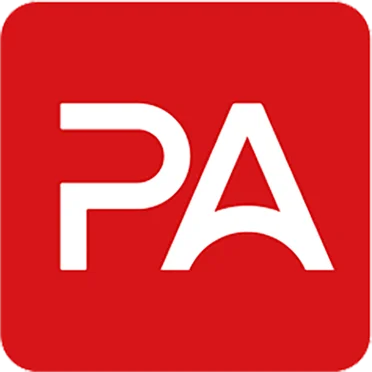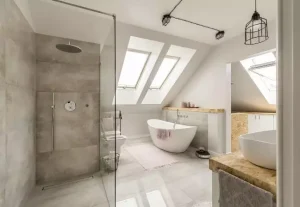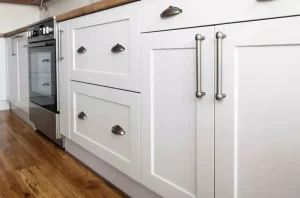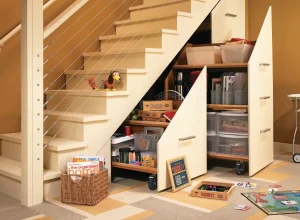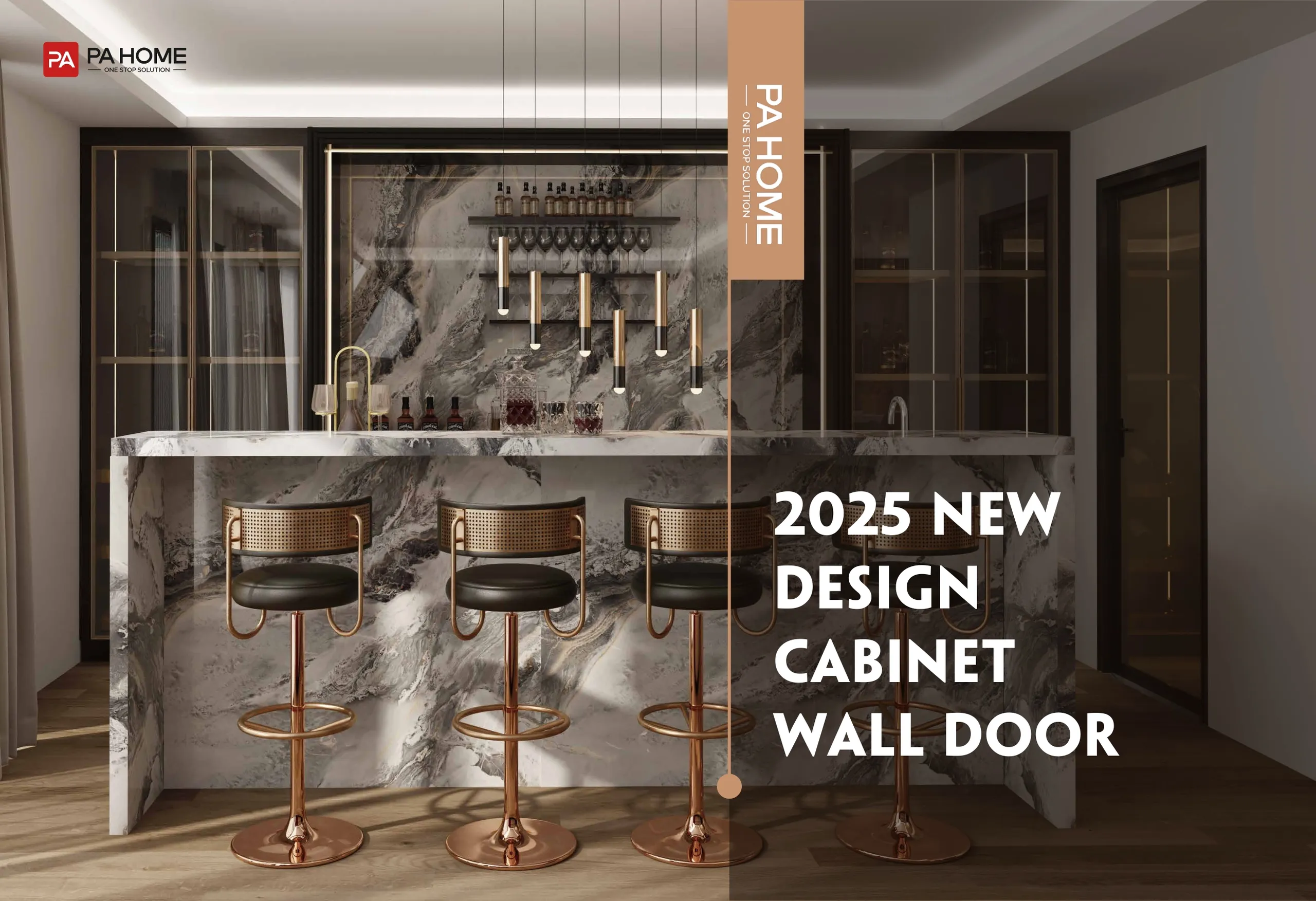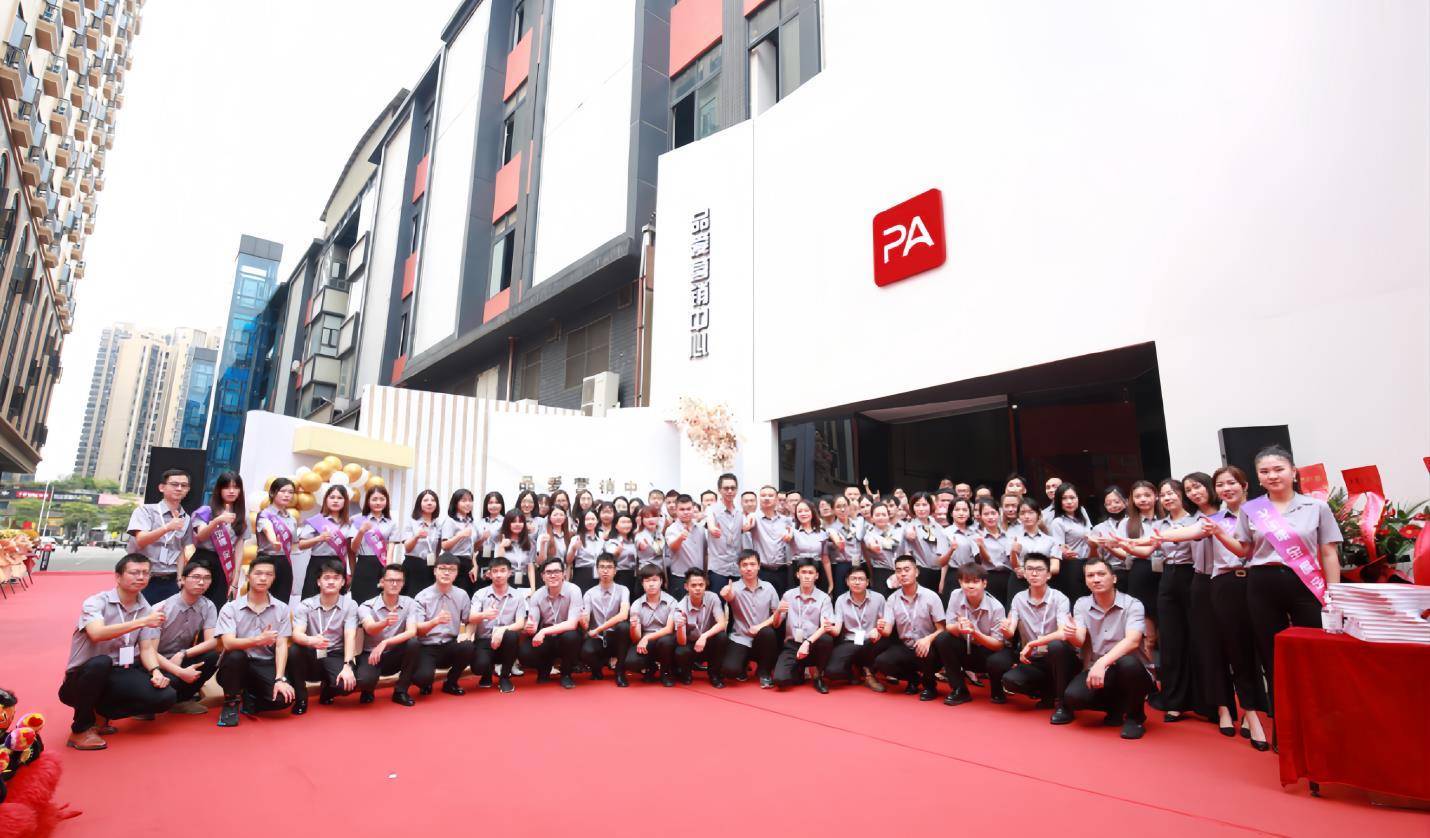When it comes to choosing materials for your kitchen cabinets, there’s a wide range of options. One of the most popular choices is particle board. It’s a common material, but is it the right one for your kitchen? Let’s dive into the pros and cons of particle board kitchen cabinets to help you make an informed decision.
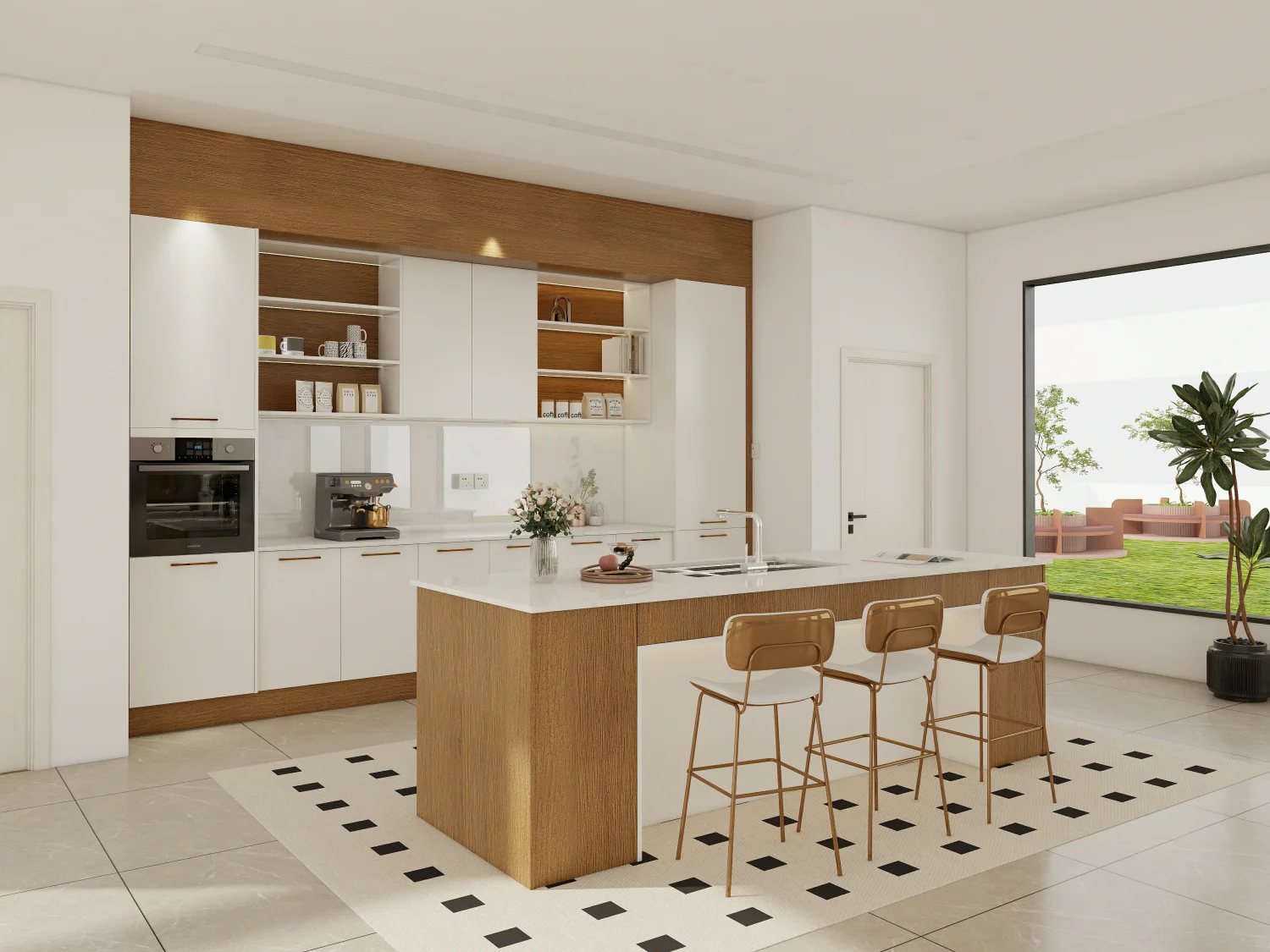
What Are Particle Board Kitchen Cabinets?
Particle board, often known as low-density fiberboard or MDF, is made from wood chips, sawmill shavings, and other wood waste, all bonded together with resin and then compressed under high pressure. The result is a smooth, stable material that’s affordable and easy to use in cabinetry.
The manufacturing process involves turning wood waste into small particles that are glued together, which is why particle board is often more budget-friendly than solid wood or plywood. This makes it a popular choice for cost-conscious homeowners.

Particle board cabinets are much cheaper than alternatives like solid wood or plywood, making them an ideal choice for homeowners on a budget.
Particle board cabinets are always low-end and will look cheap no matter how they are finished.
What Are the Advantages of Particle Board Kitchen Cabinets?
Cost-Effectiveness
Particle board kitchen cabinets are much cheaper than alternatives like solid wood or plywood. If you’re working with a tight budget, particle board can give you the look of high-end cabinetry at a fraction of the cost. This is especially appealing for homeowners who want to renovate their kitchen without breaking the bank.
Lightweight Nature
One of the standout advantages of particle board is its lightweight composition. This makes handling and installing particle board cabinets significantly easier compared to heavier materials like solid wood. If you’re doing the installation yourself or want a lighter option for your kitchen, particle board is a great choice.
Smooth Surface for Finishing
Particle board offers a perfectly smooth surface that is ideal for painting or laminating. This allows for a wide range of finishes, from glossy, modern laminates to custom-painted cabinets, without any unsightly texture or grain showing through. You can easily create the exact look you want for your kitchen.
Eco-Friendly Aspects
Since particle board is made from recycled wood chips and other wood waste, it’s often seen as a more environmentally friendly option. By using materials that would otherwise go to waste, particle board helps reduce deforestation and promotes recycling. For homeowners looking to minimize their environmental footprint, particle board is a greener option than solid wood.
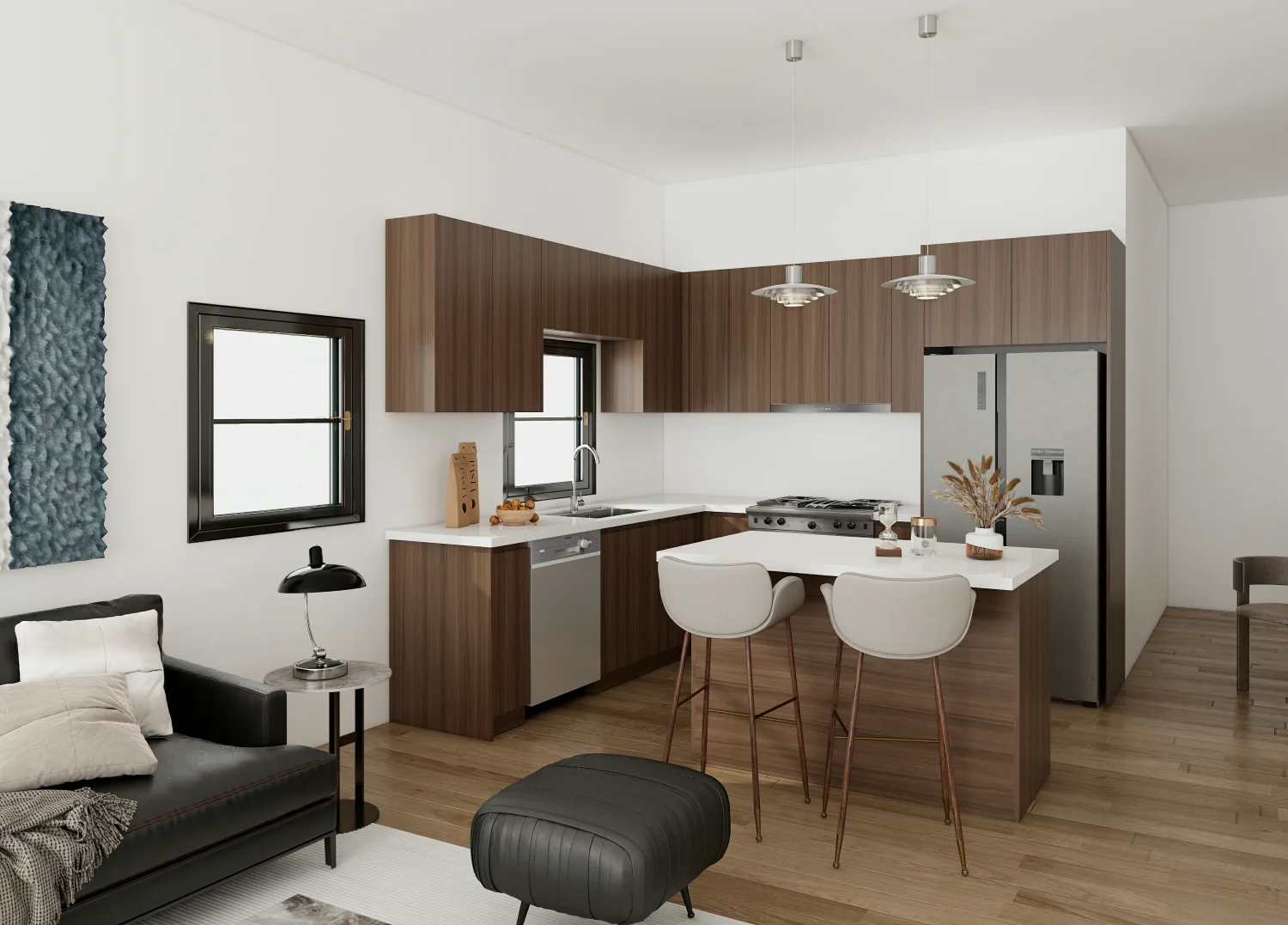
What Are the Drawbacks of Particle Board Kitchen Cabinets?
Susceptibility to Moisture
One of the biggest drawbacks of particle board is its vulnerability to moisture. If exposed to water, particle board can swell, warp, and break down. This makes it less suitable for areas with high humidity, such as near sinks or dishwashers, unless properly sealed. So, if your kitchen sees a lot of moisture, particle board might not be the best choice.
Lower Durability
While particle board can look great when first installed, it’s not as durable as solid wood or plywood. It’s prone to scratches, dents, and general wear and tear. Over time, it can start to lose its structure, especially if it’s subjected to heavy use. If you’re planning on keeping your cabinets for many years, you may want to consider more durable options.
Limited Weight Capacity
Particle board has a relatively low weight capacity compared to plywood and solid wood. This means that heavy items—like large pots, pans, or even appliances—might cause it to sag or weaken over time. If you have a lot of heavy kitchen tools or want to store large, bulky items in your cabinets, particle board might not hold up as well.
Challenges in Repair
Repairing particle board can be a challenge. Once it’s damaged, it’s often difficult to fix without replacing the entire board. Unlike solid wood, which can be sanded or refinished, particle board typically can’t be restored to its original condition if it’s cracked, scratched, or swollen.
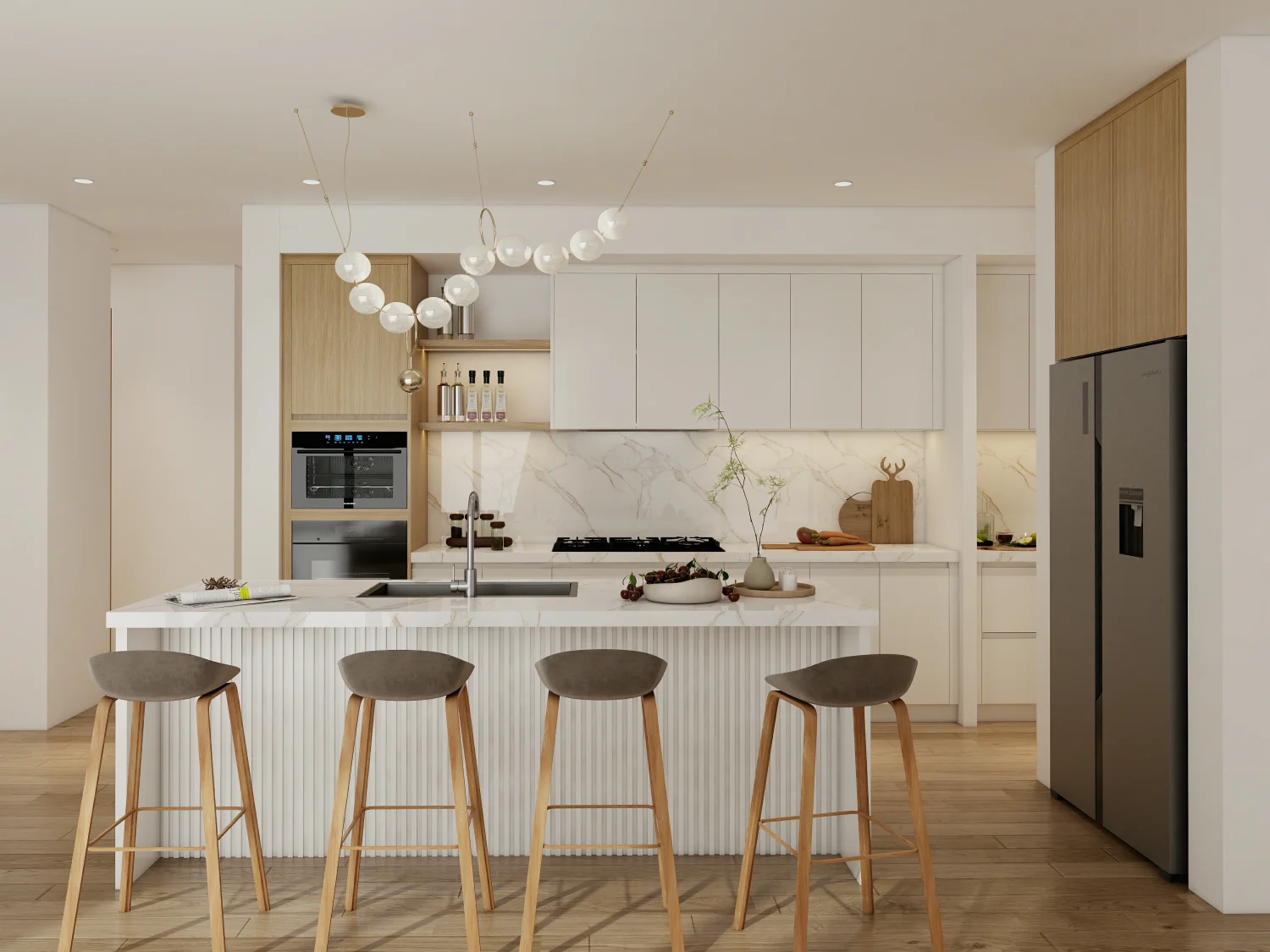
How Do Particle Board Cabinets Compare to Other Materials?
Versus Solid Wood
When compared to solid wood, particle board kitchen cabinets are significantly more affordable, but they don’t offer the same level of durability or aesthetic appeal. Solid wood is naturally stronger and more resilient, but it comes at a higher price point. Particle board may not have the same rich, warm look as solid wood, but it can still be designed to mimic those aesthetics with veneers and finishes.
Versus Plywood
Plywood is another popular material for cabinets, and it’s a step up from particle board in terms of strength and moisture resistance. Plywood is more durable and can hold up better under heavy use. However, it’s also more expensive than particle board. If you’re willing to spend a bit more for enhanced durability, plywood is a better choice, especially for kitchens with higher humidity.
Versus MDF
Medium Density Fiberboard (MDF) is similar to particle board but typically offers a denser and smoother surface. While both materials are easy to laminate or paint, MDF is a little stronger and more durable than particle board. It also tends to perform better in humid conditions. That said, MDF is still not as durable as plywood or solid wood.
| Material | Cost | Durability | Moisture Resistance | Aesthetic Appeal | Suitability |
|---|---|---|---|---|---|
| Particle Board | Affordable, budget-friendly | Less durable, prone to wear | Susceptible to water damage | Can mimic wood aesthetics with finishes | Best for short-term use or budget renovations |
| Solid Wood | Expensive | Highly durable, long-lasting | Naturally resistant to moisture | Rich, natural grain and texture | Best for long-term investment and high-end design |
| Plywood | Mid-range price | Strong, durable, withstands heavy use | Better moisture resistance than particle board | Smooth, can be laminated or veneered | Suitable for high-use, high-moisture areas |
| MDF | Mid-range price | Stronger and smoother than particle board | Performs well in humid conditions | Ideal for smooth, painted finishes | Suitable for aesthetic-focused projects in moderate conditions |
Who Should Consider Particle Board Kitchen Cabinets?
Budget-Conscious Homeowners
If you’re renovating on a budget, particle board kitchen cabinets can help you achieve the look you want without spending a fortune. It’s an affordable material that can fit well into cost-sensitive projects. For those looking to remodel their kitchen quickly and affordably, particle board is an appealing option.
Short-Term Renovation Projects
If you’re planning a short-term renovation or preparing a property for resale, particle board kitchen cabinets are a solid choice. They allow you to achieve an updated look without committing to long-term durability. Whether you’re flipping a house or renovating a rental property, particle board can offer a quick, inexpensive solution.
Design Flexibility Seekers
Particle board cabinets can be customized with a variety of finishes and styles. If you’re after a modern, sleek look or want to match a specific theme, particle board provides flexibility at a lower cost. You can easily apply different veneers, laminates, or paints to achieve the exact aesthetic you’re looking for.
Particle board is an excellent choice for budget-conscious homeowners or those working on short-term renovation projects.
Particle board is suitable for any kitchen, regardless of budget or usage, offering the same durability as more expensive options.
How Can You Extend the Lifespan of Particle Board Cabinets?
Proper Sealing
To protect particle board from moisture, it’s important to seal the edges and surfaces properly. This can help prevent water from seeping in and causing the board to swell. For additional protection, use a waterproofing sealant or laminate that acts as a barrier against moisture.
Regular Maintenance
Like any cabinetry material, particle board requires regular cleaning and maintenance to prolong its lifespan. Avoid abrasive cleaning agents and always clean up spills promptly to avoid damage.
Strategic Placement
Particle board cabinets should be placed away from direct exposure to water. For example, avoid placing them directly under sinks or near dishwashers. If moisture levels are high in your kitchen, ensure proper ventilation to prevent long-term damage.

What Are the Alternatives to Particle Board Cabinets?
Solid Wood Cabinets
Solid wood offers the best in terms of durability and natural beauty. It can withstand years of wear and tear, and it’s easy to repair. However, it’s also the most expensive option, making it less accessible for budget-conscious homeowners.
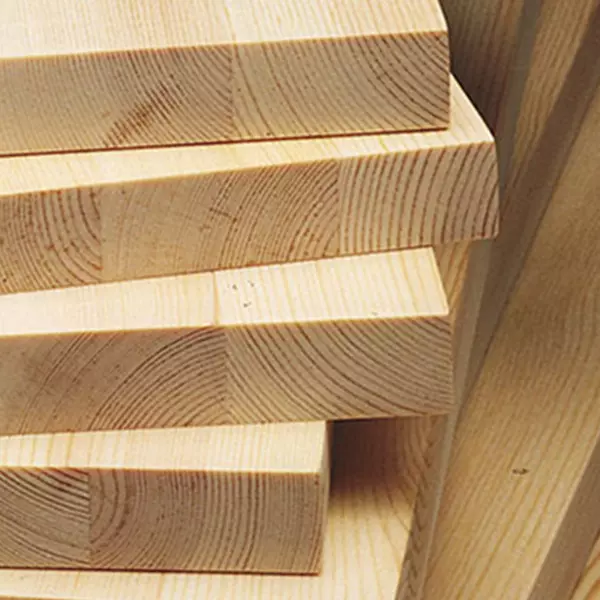
Plywood Cabinets
Plywood is a strong, durable alternative to particle board. It resists moisture better and offers greater stability. However, plywood cabinets are generally more expensive than particle board, though they provide better long-term value.
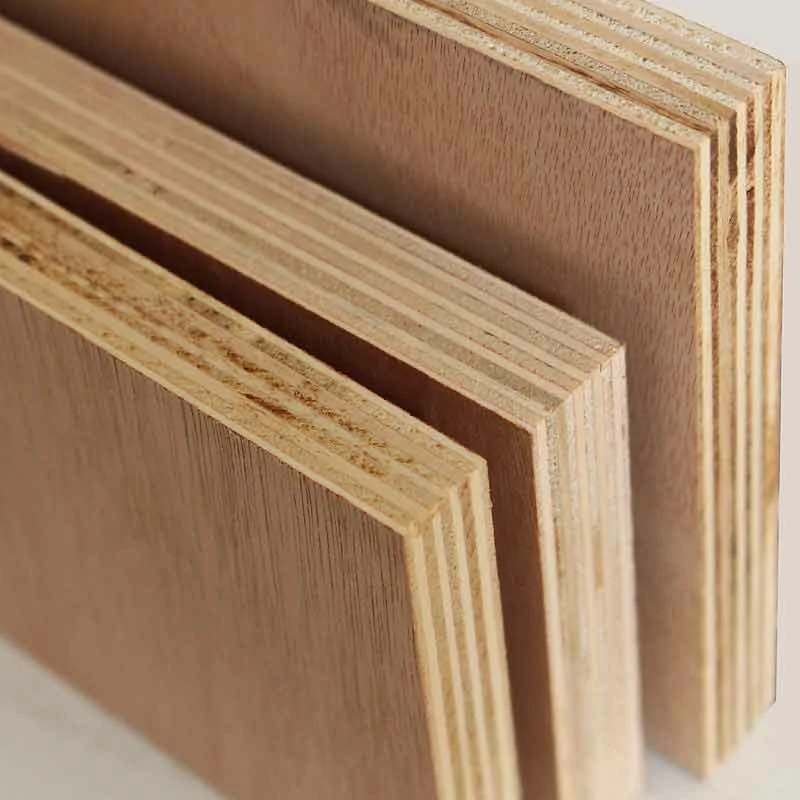
MDF Cabinets
MDF is another strong alternative, with a smooth surface that’s perfect for painting. It performs well in humid environments but, like particle board, may not be as durable as plywood. It offers a good balance between cost and durability.
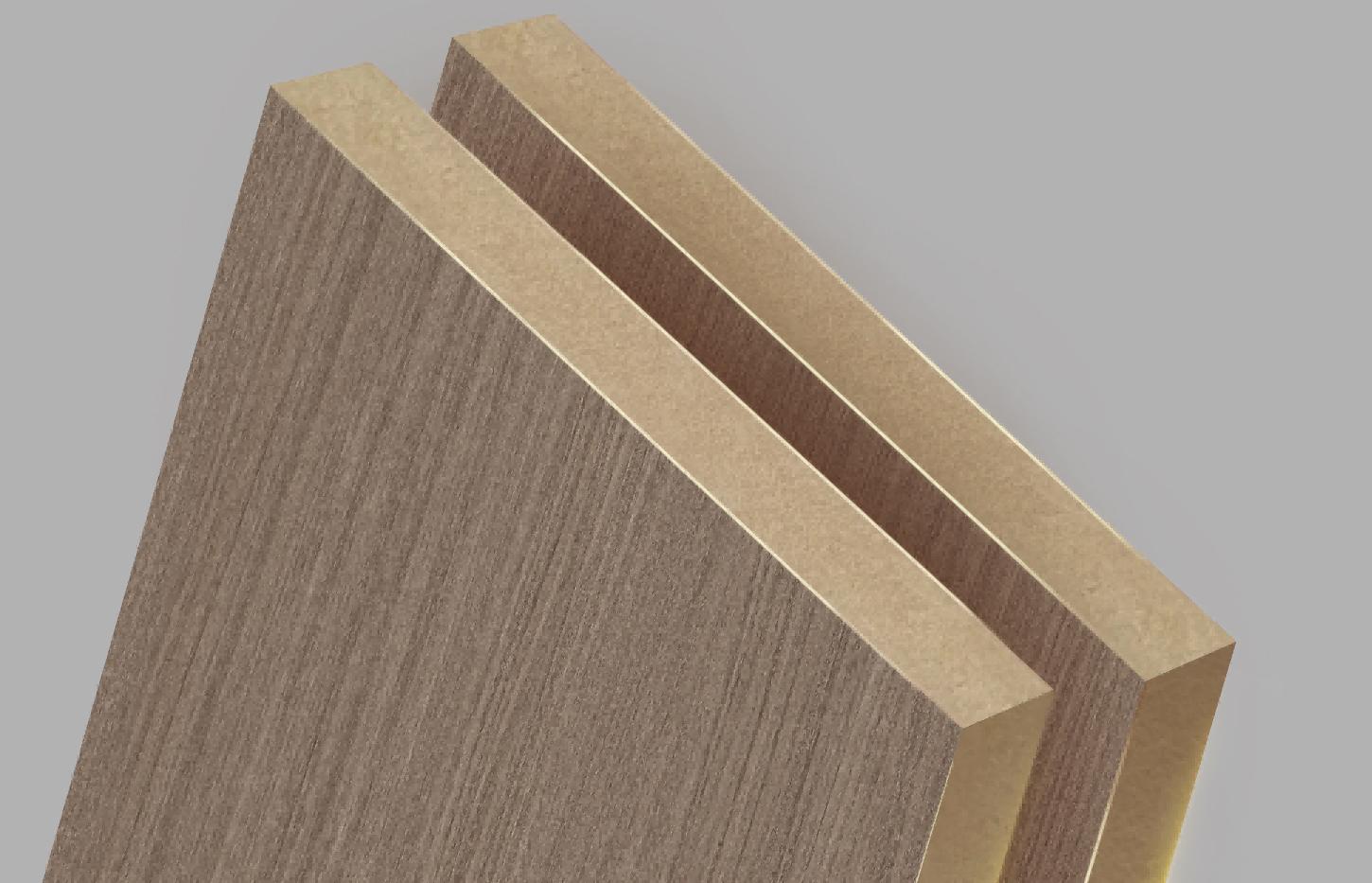
For better durability and moisture resistance, consider alternatives like plywood or MDF, which offer superior performance for long-term use.
There’s no need for alternatives, as particle board is just as durable and functional as plywood or MDF for kitchen cabinets.
Conclusion: Are Particle Board Kitchen Cabinets Right for You?
In summary, particle board kitchen cabinets are a solid choice for budget-conscious homeowners who need an affordable, lightweight option with a smooth finish. While they may not offer the same durability as solid wood or plywood, they can still provide long-lasting beauty if properly maintained and sealed.
If you’re looking for a temporary or cost-effective solution for your kitchen, particle board is a great choice. However, if you want a material that can withstand years of heavy use and exposure to moisture, you might want to consider alternatives like plywood or MDF. Ultimately, the right choice depends on your specific needs, budget, and how long you plan to keep your kitchen cabinets.
If you’re ready to invest in particle board kitchen cabinets, make sure to choose a reputable supplier and ensure your cabinets are properly sealed and maintained.
FAQs about Particle Board Ktchen Cabinets
Particle board kitchen cabinets can last anywhere from 5 to 10 years, depending on how well they’re maintained and the conditions they’re exposed to, like humidity and moisture.
While particle board cabinets are more affordable, plywood cabinets are stronger, more durable, and more resistant to moisture. If you’re looking for long-term durability, plywood may be a better choice.
Yes, particle board cabinets can be refinished with paint or laminate, but the surface may not hold up as well as solid wood or plywood over time, especially with heavy use.
To protect particle board from moisture, seal the edges and surfaces with a waterproofing coat or laminate. This helps prevent swelling and warping caused by water exposure.
Yes, particle board cabinets can be considered eco-friendly because they are made from recycled wood and other waste materials, helping to reduce deforestation and landfill waste.
